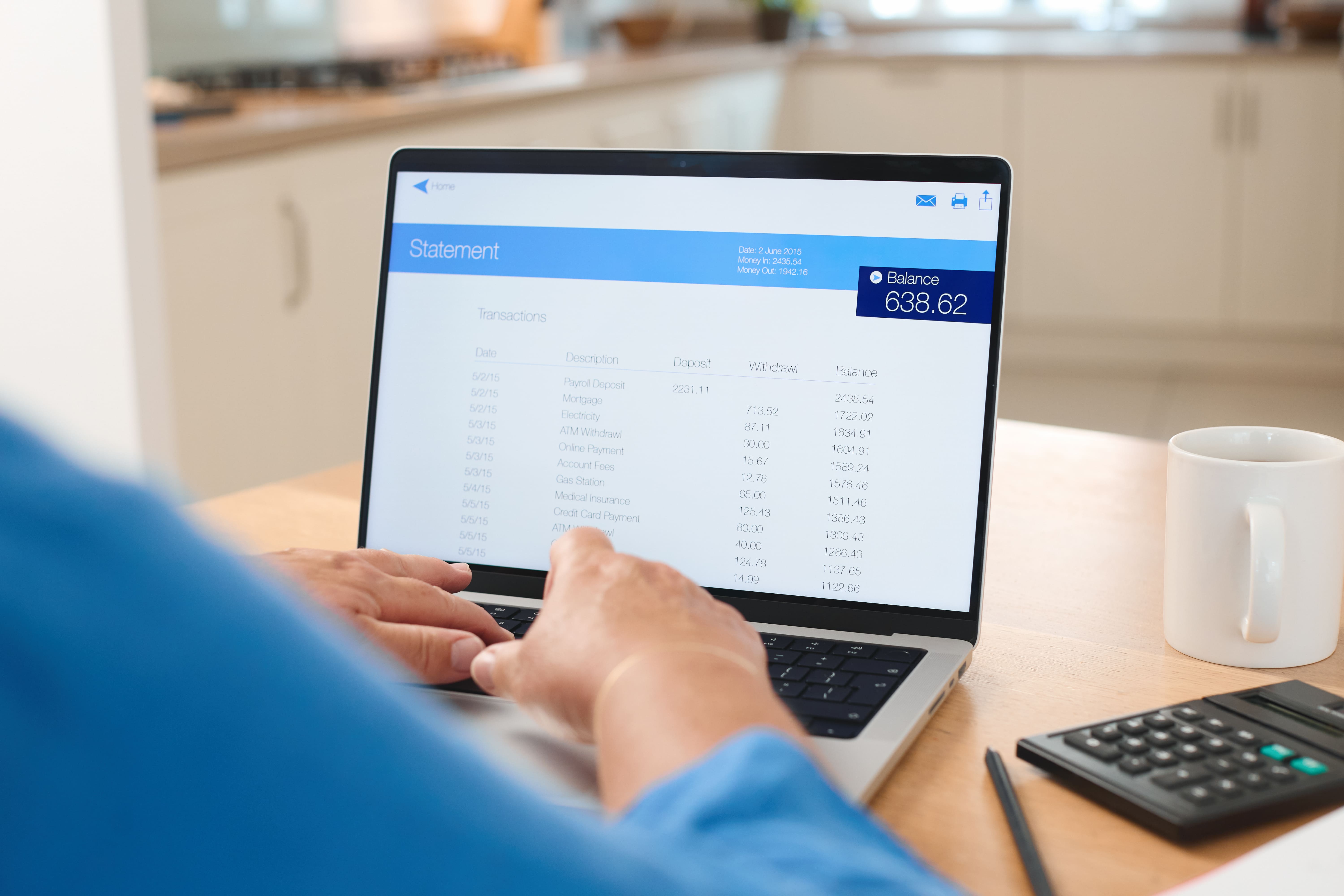Profit First is an accounting method that helps you make more money in your real estate business by putting Profit First. As easy as it sounds, there are nuances to be considered, such as how much % to allocate to each money's profit, how to manage the revenue, and so on.
In this article, we’ll take a closer look at the Profit First method and share a step-by-step guide on how to calculate it so that you can start scaling your portfolio.
Key takeaways
- Profit first is an accounting method for real estate investors that has you pay yourself first and use what’s left over for expenses.
- The method, pioneered by business writer Mike Michalowicz and adapted for real estate investors by David Richter, can increase profits, reduce expenses ,and reduce stress.
- Profit first begins with how much you need and want to be paid, and puts everything else second.
- If there’s not enough money left after paying yourself, you need to either increase revenue or cut expenses.
What is Profit First for real estate investors?
Profit first is an accounting method that, as the name implies, puts profit above all else to help you run a profitable real estate company.
Traditionally, you’ve probably taken your revenue and subtracted your expenses to find your profit. With the Profit First method, you take your revenue and subtract your profit to find how much you can spend on expenses.
In his book, Profit First, business writer Mike Michalowicz talks about how small businesses can become more profitable by saving a percentage of every sale as profit—before deducting expenses. Real estate investor David Richter has since popularized the Profit First method for this industry, claiming it can help investors maximize profits and reduce stress.
According to Richter, real estate investors without a system for profitability can fall into a trap of managing their business “paycheck to paycheck” and never generate meaningful wealth. Richter advocates creating separate accounts for the owner’s profit, taxes, and the property, and filling them in that order. By putting profit ahead of expenses, Richter argues investors can make more money and reduce stress.
Why use Profit First in real estate investing?
Profit first solves the challenge of inconsistent income for real estate investors by ensuring every property is generating profit.
Many real estate investors are constantly scrambling to pay the bills. When every mortgage payment, utility bill, repair bill, and tax bill is dealt with as it comes in, it’s easy to lose sight of whether an investment property is actually generating a profit. The Profit First method ensures you’re always profiting from your rentals, and gives you a system to stay on top of expenses with fewer surprises.
Adopting the Profit First method has several advantages.
- You prioritize profit, gaining certainty about your monthly earnings from each property.
- You account for and save taxes in advance, preventing tax bills from eroding profits.
- You set aside money for different purposes, ensuring positive cash flow.
- You limit spending to what you can actually afford and plan for it in advance.
- You make financial decisions more easily with a clearer view of the business.
How to calculate Profit First for real estate investing?
Here’s a four-step guide to help you calculate and start using Profit First for your real estate investments.
Set up a core bank account
The foundation of Profit First is creating separate bank accounts to hold your money, assigning every dollar a specific job. This prevents overspending by ensuring money isn't available for operating expenses if it's already been allocated to profit or taxes.
You'll need a minimum of five core accounts:
- Income account: This is the starting point where all your rental revenue (rent payments, etc.) is initially deposited.
- Profit account: This is your dedicated account for retaining earnings, the "pay yourself first" mechanism.
- Owner's compensation account: This is for your consistent personal pay for managing the rental business.
- Tax account: This holds funds set aside to cover corporate and personal income taxes.
- Operating expenses (OpEx) account: This account is used only for running the day-to-day business (mortgage, insurance, repairs, utilities, etc.).
Pro tip: As an investor, consider opening extra accounts for maintenance reserves or tenant security deposits, especially since many states require security deposits to be held in separate accounts to maintain compliance.
Calculate your “Real Revenue”
Before you set your targets, you need to know what money is actually yours to allocate. In real estate, this is considered your Real Revenue.
Real Revenue is your total rental income after deducting Pass-Through Revenue—costs directly tied to generating that income, primarily PITI (Principal, Interest, Taxes, and Insurance).
Use this formulat to calculate Real Revenue: Total Rental Income − PITI (Principal, Interest, Taxes, Insurance)
Determine your allocation percentages
Next, you need to decide what percentage of your Real Revenue goes into each core account. These are your Target Allocation Percentages (TAPs). The percentages vary based on your Real Revenue range, as your profitability should increase as your business scales.
Below are standard starting TAPs for an investor with Real Revenue of up to $250,000, as shared by Mike Michalowicz.
Execute the allocation process
The final step is establishing a consistent rhythm for moving money. This is typically done on a regular schedule, often twice a month (e.g., the 10th and 25th).
- Collect revenue: All monthly rent payments are collected into the Income Account.
- Calculate and transfer: On your "money days," you calculate the allocation percentages based on the revenue received and immediately transfer the calculated amounts to the other four core accounts.
- Spend with discipline: You only pay your operating expenses from the OpEx Account. Because the money for profit and taxes is already gone, you are "forced" to find ways to operate within the remaining OpEx budget, which often leads to reduced spending.
This disciplined rhythm gives you clarity into the true profitability of your portfolio, allowing you to focus on the numbers that matter. Baselane's banking platform is designed to simplify this process by providing the necessary tools to open unlimited separate accounts for free.
What’s the best bank for Profit First for real estate investors?
To actually start with Profit First, you’ll need a banking platform that enforces the Profit First philosophy. Since the core of the method is segmenting your money into different "envelopes" (accounts), the right banking partner should offer key features like multiple bank accounts, no fees, and visibility into your properties’ financial performance.
Baselane is built for real estate investors who want better control over their finances and are looking to scale. And, it supports the Profit First philosophy with its integrated banking approach.
- Unlimited, Free Virtual Accounts: Open dedicated, separate accounts for your Profit, Tax, Owner's Pay, and OpEx buckets (plus reserves and security deposits) for free, eliminating the cost and complexity of tracking multiple external bank accounts.
- Enforce Spending Limits with Virtual Cards: Use custom virtual debit cards to set strict spending limits for your Operating Expenses (OpEx) account, allowing you to operate within your budget.
- High-Yield on All Cash Balances: Helps you generate passive income by earning a competitive annual percentage yield (APY) on your allocated funds in Profit, Tax, and Reserve accounts.
- Automated Bookkeeping Clarity: Every transaction is automatically categorized by the correct Schedule E category and tagged to a specific property, giving you the accurate, real-time data you need to confidently set your allocation percentages.
If you’re ready to dive into Profit First, open a free Baselane account in just a few minutes today!
FAQs
What is the Profit First method?
Profit First is an accounting method that ensures profitability by allocating a percentage of revenue to profit first, before paying expenses (Sales - Profit = Expenses).
Who created the Profit First method for real estate investors?
Business writer Mike Michalowicz created the original Profit First method, which real estate investor David Richter adapted specifically for the real estate industry.
What are the 5 core accounts needed for Profit First?
The core accounts are: Revenue, Profit, Owner's Compensation, Tax, and Operating Expenses (OpEx). Landlords should also consider a dedicated account for Repairs, Vacancy, and Turnover (RVT).
What is "Real Revenue" for rental investors?
Real Revenue is your total rental income after deducting PITI (Principal, Interest, Taxes, Insurance). This is the base amount you use to calculate your allocation percentages.
What percentage should I allocate to profit?
For an investor with Real Revenue up to $250,000, the recommended initial Target Allocation Percentage (TAP) for Profit is 10%.
What is the best bank for implementing Profit First?
A bank that offers unlimited, free separate accounts (like virtual accounts) is ideal for the Profit First method. Baselane supports this with unlimited free virtual accounts and integrated bookkeeping.







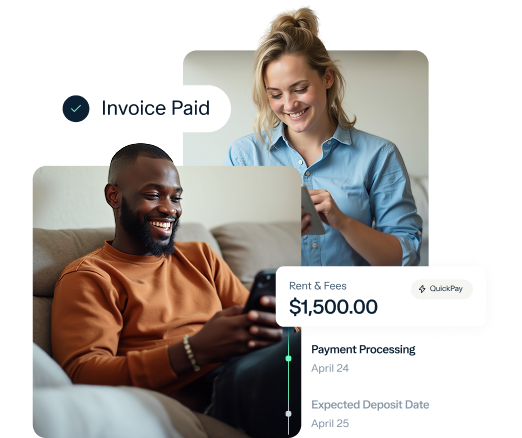
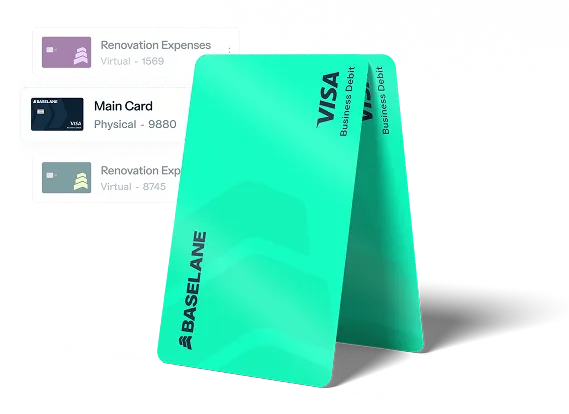


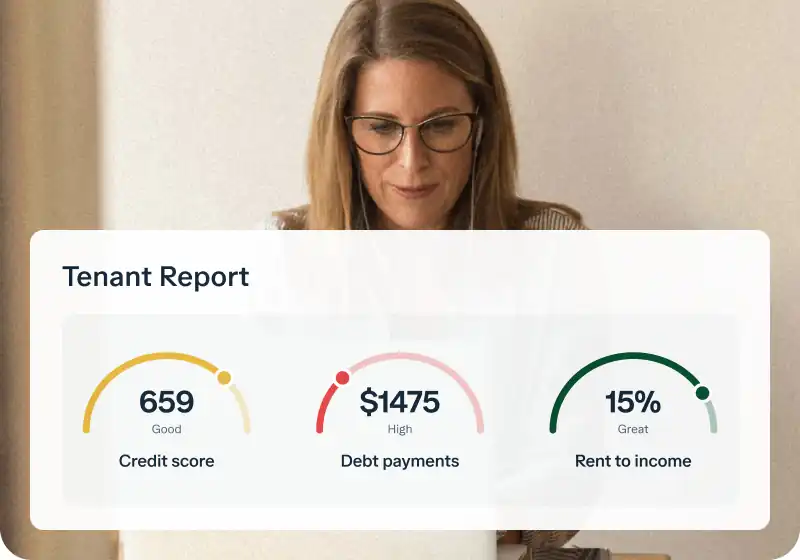

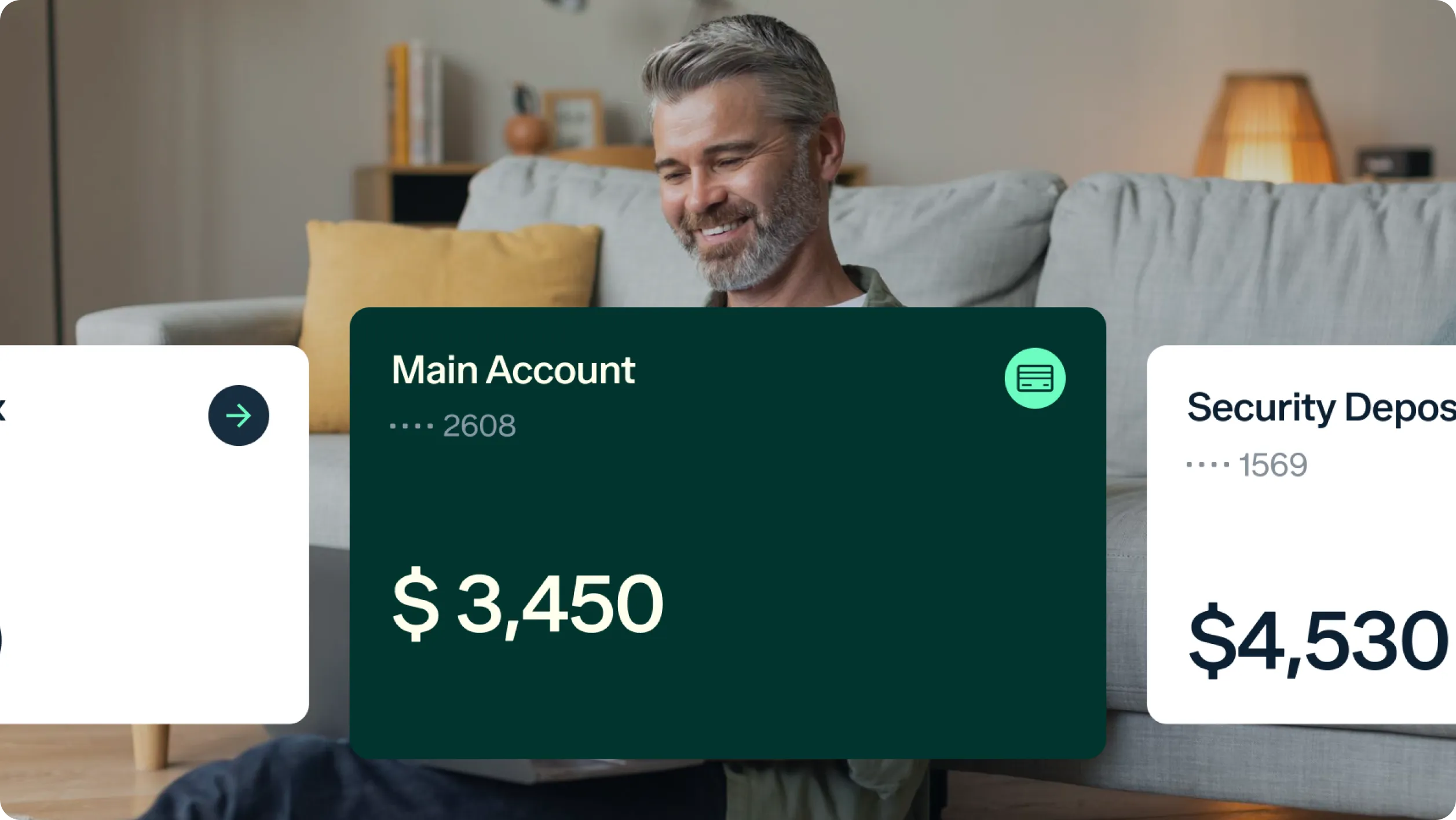

.jpg)
